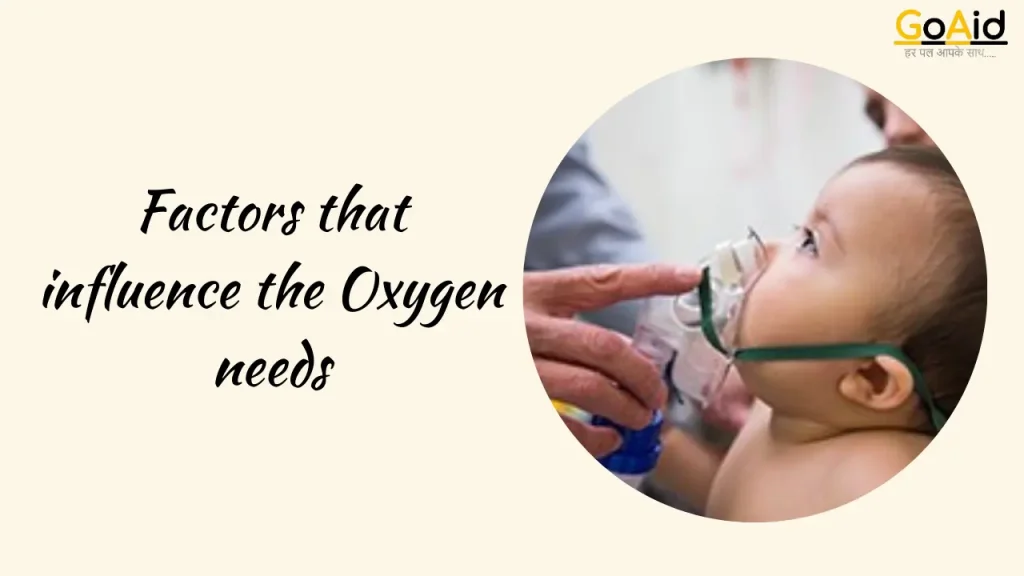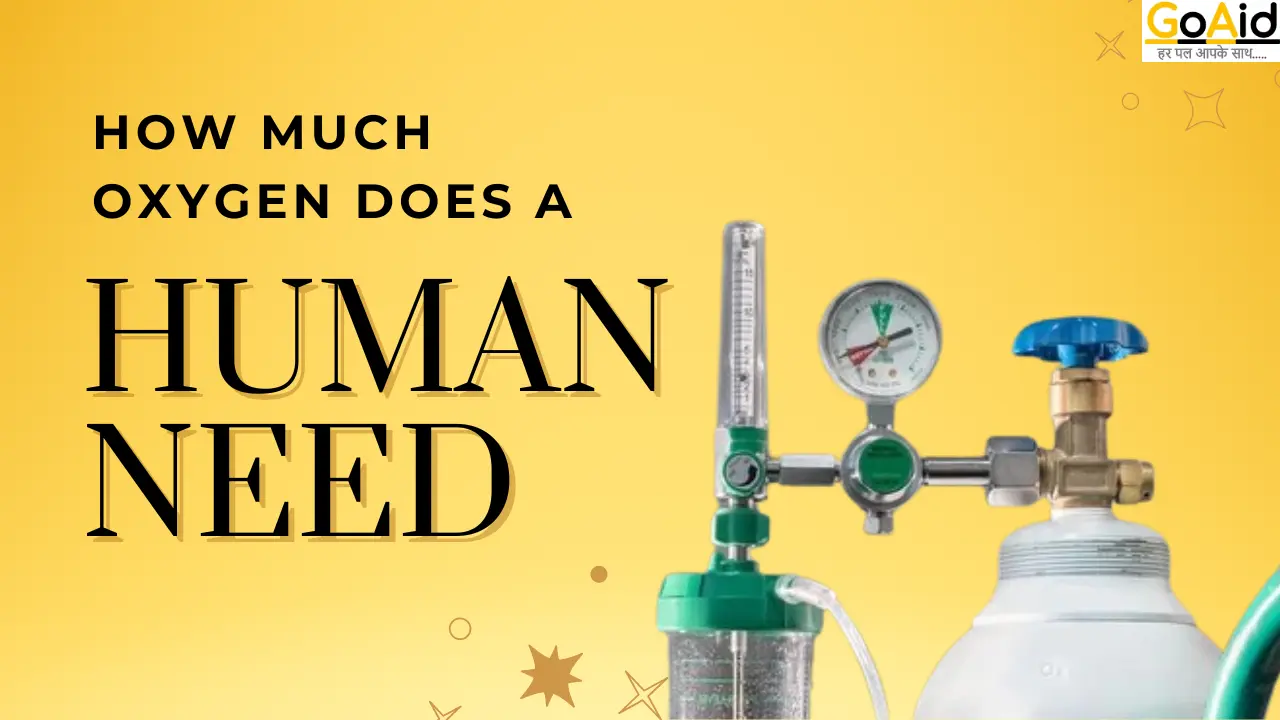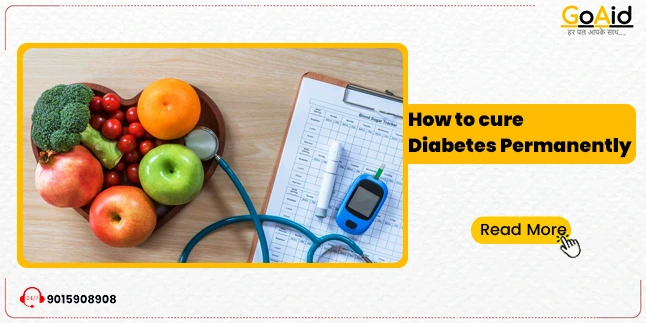All living beings who can breathe use mainly oxygen to live. This is why, it can be called a life-giving gas/air in the environment. This is why generally people consider to know about the amount of air an average person inhales. It means, How Much Oxygen Does a Human Need and he/she takes?
This is why, in this blog, we have added all the details about How Much Oxygen a Human Needs. Not only that, we have also provided comprehensive details about oxygen levels in the human body, their need, and their consumption. If you are looking for the same, then read this blog to the end.
So, letŌĆÖs start-
Basic Oxygen Requirement for Human
These are the basic Oxygen Requirements for Humans. These points explain details about oxygen requirements for humans:
- Average Oxygen Consumption
- Daily Intake: On average, a human adult consumes approximately 550 liters (19 cubic feet) of pure oxygen per day.
- Per Minute Intake: At rest, a typical adult inhales about 0.21 liters (210 milliliters) of oxygen per minute, equating to around 300 liters of oxygen per day.
Read More: Oxygen Ambulance vs. Regular Ambulance: Key Differences
- Oxygen Measurement
- Volume Measurement: Oxygen consumption is generally measured in liters per minute (L/min) or liters per day.
- Metabolic Equivalent: The standard measure of oxygen consumption at rest is referred to as 1 Metabolic Equivalent of Task (MET), which is about 3.5 milliliters of oxygen per kilogram of body weight per minute.
- Physiological Conditions
- Resting State: In a resting state, the body uses oxygen primarily for maintaining basic metabolic functions, such as respiration, circulation, and maintaining body temperature.
- Physical Activity: During exercise, oxygen consumption can increase significantly. For example, during strenuous activity, oxygen consumption can increase up to 10 times the resting rate or more, depending on the intensity of the exercise.
Also Read: When and Why You Might Need an Oxygen Ambulance
- Oxygen and Cellular Respiration
- Role of Oxygen: Oxygen is crucial for cellular respiration, a process by which cells produce energy. It combines with glucose to produce ATP (adenosine triphosphate), carbon dioxide, and water.
- Energy Production: The energy produced through cellular respiration is vital for sustaining bodily functions and supporting physical activity.
- Oxygen Levels and Saturation
- Blood Oxygen Saturation: Normal blood oxygen saturation levels range from 95% to 100%. Levels below this range can indicate hypoxemia, which requires medical attention.
- Monitoring Oxygen Levels: Devices like pulse oximeters are commonly used to measure oxygen saturation levels non-invasively.
Know More: The Importance of Oxygen Ambulance Services: A Comprehensive Guide
Factors that influence the Oxygen needs

These are the key factors that can influence the oxygen needs in humans:
1. Age
- Infants and Children: Have higher metabolic rates and therefore higher oxygen consumption relative to their body size. Their bodies are in a rapid growth phase, requiring more energy and oxygen.
- Adults: Generally have stable oxygen needs unless influenced by physical activity or health conditions.
- Elderly: May have decreased oxygen needs due to a slower metabolism, but chronic health conditions common in older age can increase oxygen requirements.
2. Body Size and Composition
- Larger Body Size: Individuals with a larger body size or more muscle mass typically require more oxygen. Muscle tissue consumes more oxygen than fat tissue because of its higher metabolic activity.
- Body Composition: People with higher muscle mass have higher oxygen demands than those with a higher fat composition.
Know More: Introduction to the Importance of Health
3. Physical Activity Level
- Resting State: At rest, the body consumes a baseline amount of oxygen necessary for basic metabolic functions.
- Exercise and Physical Activity: During physical exertion, oxygen consumption increases significantly to meet the heightened metabolic demands of the muscles. Intense exercise can increase oxygen consumption by 10 to 20 times the resting rate.
4. Health Conditions
- Respiratory Diseases: Conditions like chronic obstructive pulmonary disease (COPD), asthma, and pneumonia can increase oxygen needs due to impaired lung function.
- Cardiovascular Diseases: Heart conditions, such as heart failure or coronary artery disease, can also increase oxygen requirements as the heart works harder to pump blood efficiently.
- Metabolic Disorders: Conditions like hyperthyroidism can elevate metabolic rate, increasing oxygen consumption.
Read More: Why is GoAid the Best Option During a Medical Emergency?
5. Environmental Factors
- Altitude: Higher altitudes have lower oxygen levels, which can increase oxygen needs as the body works harder to obtain sufficient oxygen. This can lead to altitude sickness if the body doesn’t acclimate properly.
- Temperature: Extreme temperatures (both hot and cold) can increase oxygen consumption as the body expends more energy to maintain a stable internal temperature.
6. Diet and Nutrition
- Caloric Intake: Higher caloric intake can lead to increased metabolic activity and, consequently, higher oxygen consumption.
- Nutritional Status: Malnutrition can affect the efficiency of oxygen utilization in the body, while a balanced diet can support optimal metabolic function and oxygen use.
7. Gender
- Males vs. Females: On average, males may have slightly higher oxygen requirements due to larger body size and muscle mass compared to females. However, these differences can be minimal and vary widely among individuals.
Also Read: Complete Details About First Aid | Types, Benefits & Tips
8. Lifestyle Factors
- Smoking: Smoking damages the lungs and reduces their efficiency, leading to increased oxygen needs.
- Alcohol Consumption: Excessive alcohol intake can impair oxygen delivery and utilization in the body.
9. Genetics
- Inherited Traits: Genetic factors can influence metabolic rate, lung capacity, and cardiovascular efficiency, all of which affect oxygen consumption.
10. Medical Interventions
- Medication: Certain medications can influence metabolic rate and oxygen needs. For instance, stimulants can increase metabolism, while some sedatives may decrease it.
- Surgical Procedures: Postoperative recovery can increase oxygen needs as the body heals and regenerates tissue.
Book Ambulance: GoAid Ambulance Service
Conclusion to How Much Oxygen Does a Human Need
In conclusion, the average human adult needs approximately 550 liters of oxygen per day, which translates to around 0.21 liters per minute at rest. Various factors, including age, body size, physical activity, and health conditions, influence this requirement.
Understanding these needs is crucial for maintaining overall health and managing conditions that affect oxygen levels. Proper monitoring, through devices like pulse oximeters, helps ensure adequate oxygen saturation in the blood. We have provided comprehensive details on this topic. If you have any other questions, please feel free to ask in the comment box.
FAQs related to How Much Oxygen Does a Human Need
On average, a human adult needs about 550 liters of pure oxygen per day. This requirement can vary based on factors such as age, body size, physical activity, and health conditions.
A person typically consumes about 0.75 kilograms of oxygen per day. This is based on the average daily oxygen consumption of approximately 550 liters, with 1 liter of oxygen weighing about 1.429 grams.
At rest, a human adult consumes about 0.21 liters (210 milliliters) of oxygen per minute. This rate can increase significantly with physical activity.
A human typically inhales about 0.5 liters (500 milliliters) of air per breath, of which approximately 21% is oxygen. Therefore, each breath contains around 105 milliliters of oxygen, but the body only uses a portion of this oxygen, approximately 25%.
At rest, a human adult needs about 12.6 liters of oxygen per hour. This is based on an average consumption rate of 0.21 liters per minute. Now it must have been clear that How much oxygen does a human needs per hour.
An adult human typically needs about 550 liters of oxygen per day, depending on factors such as activity level, health status, and environmental conditions.
Inhaled air is composed of about 21% oxygen. The human body typically uses approximately 5% of this oxygen, with exhaled air containing about 16% oxygen.
Oxygen constitutes about 65% of the human body by mass. It is a critical component of water and is found in all major types of biomolecules. Now it must have been clear that how much oxygen in the human body.
The normal oxygen saturation level in the blood for a healthy adult is between 95% and 100%. Levels below 90% are considered low and may require medical attention.
An oxygen level chart typically shows the different ranges of blood oxygen saturation levels, such as:
95-100%: Normal
90-94%: Mild Hypoxemia
80-89%: Moderate Hypoxemia
Below 80%: Severe Hypoxemia
A pulse oximeter readings chart displays the percentage of oxygen saturation in the blood, with the following typical ranges oxygen level chart:
95-100%: Normal
90-94%: Low, but acceptable
Below 90%: Hypoxemia, medical intervention recommended
















